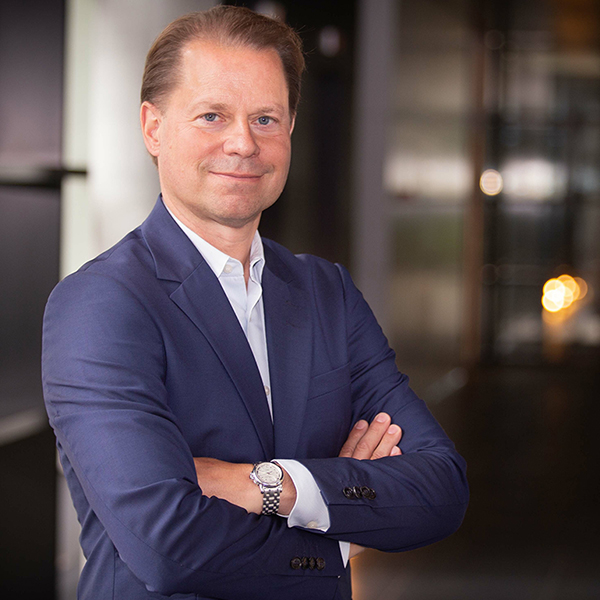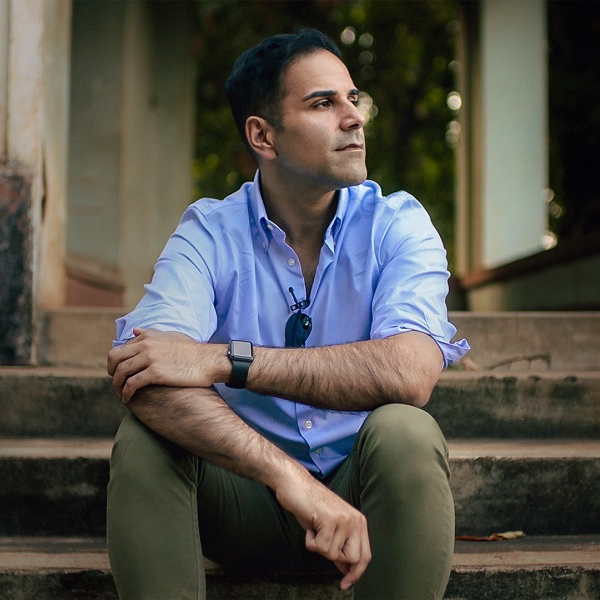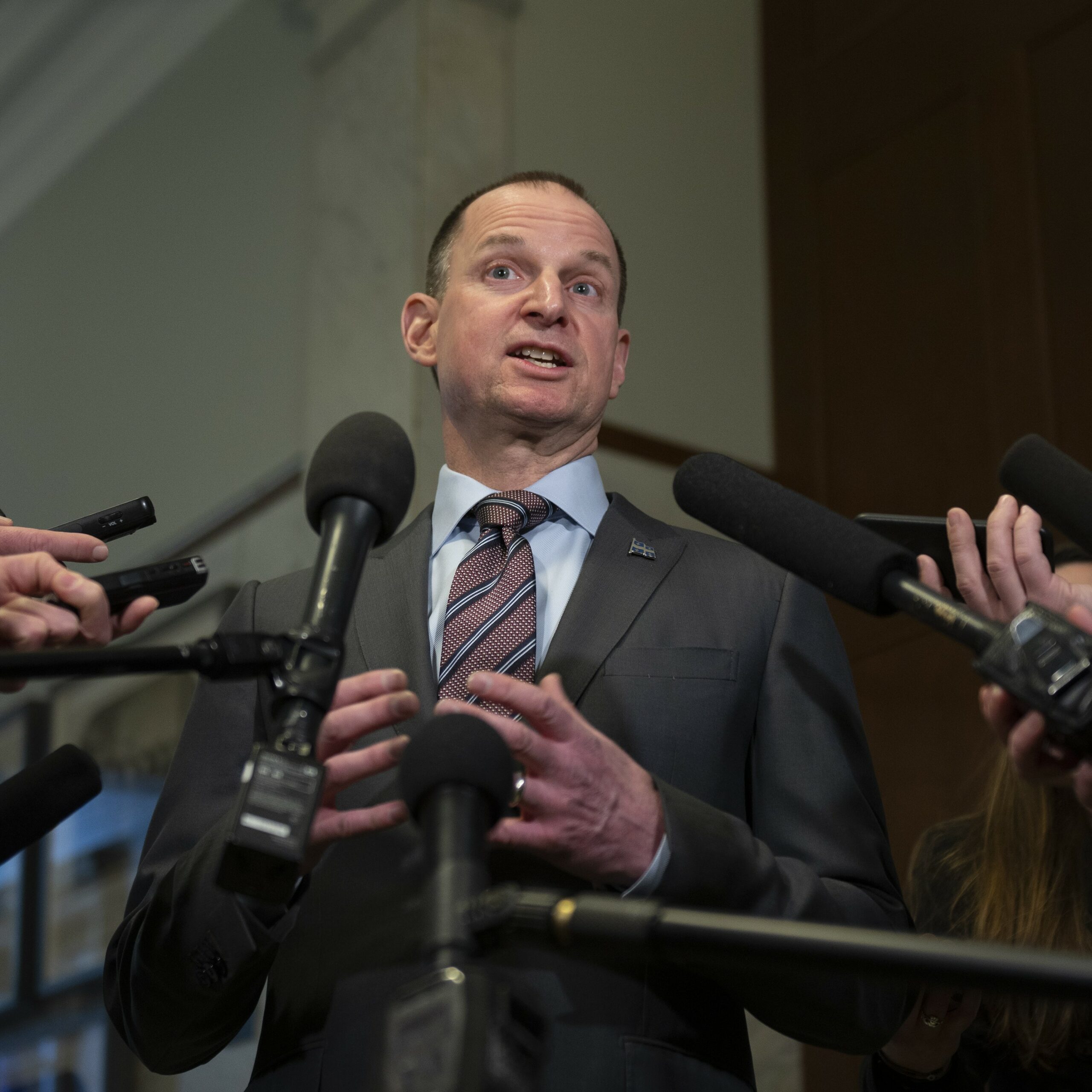From the sofa in his Notting Hill flat, a young man began writing a blog. If this were the story of another man, or if it took place in any other year, the tale would likely end there – his blog cast onto the world’s ignominious heap of online scribblings.
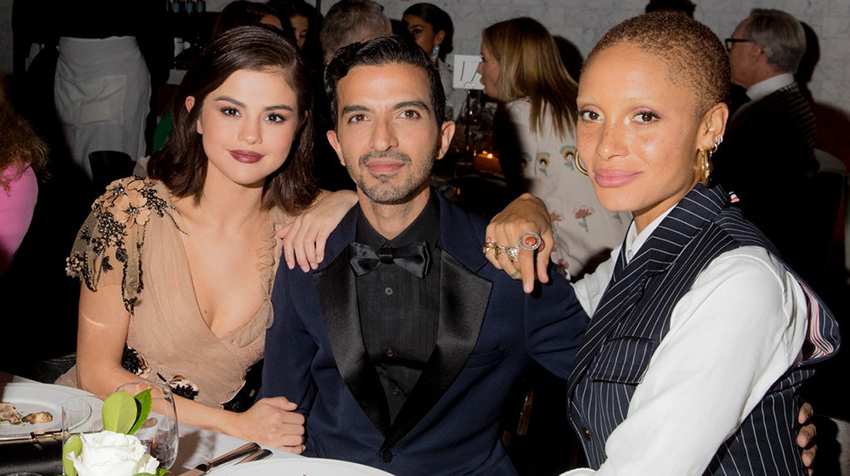
But the man was Imran Amed, BCom’97 – who’s possessed of a curiously insightful mind when it comes to his subject, the world of fashion. And the year was 2007 – when the multi-trillion-dollar fashion industry was turned upside-down.
Amed had no formal training in fashion – aside from a stint working at The Gap. He’d been working the previous four years as a consultant for McKinsey & Co, in London. His job there was to analyze businesses and industries – as an outsider. He would travel the world, parachute into entirely foreign work environments, and be forced to map out the inner workings.
Every three months, Amed was mastering a new context, a new world. That trained him to see patterns where others saw only chaos. When he at last turned his eye on the fashion industry, it was with that same, refined, attitude. “I think I was asking the right questions,” he says today.
Indeed, during those first years, when Amed wrote his blog in obscurity, radical change in the global economy, along with a disruptive new fleet of social technologies, had upended the world of fashion, making Amed’s skill-set deeply valuable. He could map out and explain a shifting landscape.
An outsider’s perspective
The fashion industry had been more or less consistent for decades – the way it worked could be understood by industry stalwarts and predictions were reiterations of what had worked before. But after the global financial crisis, after the iPhone, after Instagram, and myriad other pin-points of change, somebody needed to explain the industry to itself.
“They were ossified,” says Amed. His job would be to present information and insights that made sense of constantly evolving circumstances. His was no adoring photo blog; his articles would ask why Spanish fashion house Balenciaga just hired that media president, or whether J Crew could make a foray into bridal wear, or where Hermes should invest its multi-billion-dollar surplus. Nobody was covering fashion’s inner workings in such a serious way when Amed came on the scene. He stepped into that void and delivered the prosaically titled Business of Fashion.
Today, a mere decade later, BoF has become indispensable. It boasts 1.3 million unique visitors every month, 4.5 million followers on social media, and 400,000 subscribers to its daily newsletter. In a recent GQ article about Amed’s rise, Calvin Klein Collection president Michelle Kessler-Sanders described BoF as “an essential and vital resource for our industry and beyond.” According to The Wall Street Journal, BoF “now rivals – and surpasses, some say – 107-year-old Women’s Wear Daily as the go-to trade resource” for the fashion industry.
Amed was recently appointed by Queen Elizabeth as a Member of the Order of the British Empire (MBE) for his contributions. Fast Company named him one of the most creative people in business and GQ included him on a list of the 100 most influential men in Britain. Not bad for a sofa-ridden blogger.
Naturally, BoF is not just Amed on his sofa anymore. Today, he employs a staff of 75, split across New York, London, and Shanghai.
Amed normally reserves his interviews for the likes of Vogue but, when invited to sit down with a writer for a magazine from his alma mater, he leapt at the chance. “No joke,” he says, “McGill University completely transformed me.”
Fascinated by fashion
Previous to taking a commerce degree at McGill, Amed was raised in Calgary (his parents moved there from Nairobi, just months before Amed’s birth). Calgary in the eighties and nineties, he says, was “about as far from the world of fashion as you can imagine.”
As a youngster, Amed began obsessively watching Fashion File on CBC every Saturday. He grew to admire its host, Tim Blanks (who now works as an editor-at-large for BoF).
“[Blanks] provided a window into this elusive, exclusive world which piqued my curiosity as it was creative, it was a big business and it was global – all the things that interested me when I was growing up,” says Amed. “I looked forward to it each week, especially for all of the interesting characters and personalities Tim spoke to: the designers and models, of course, but also the editors, buyers and other industry professionals. I found it fascinating!”
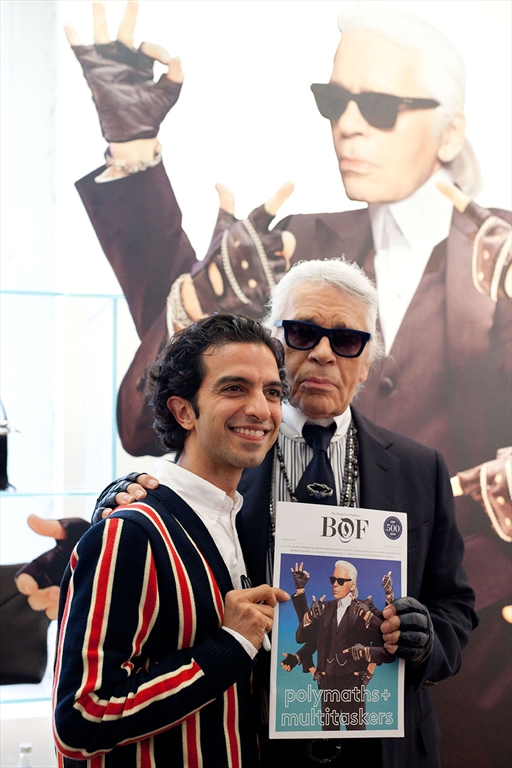
When Amed arrived in Montreal at age 18, “the industry itself seemed so inaccessible to me. But Montreal had a culture of fashion. Everyone dressed in an expressive way. When I was growing up in Calgary, everyone dressed in standard ways – the drama kids, the jocks – but Montreal was about individual expression.” Montreal felt wholly cosmopolitan, too; its bilingual residents and the diverse student body at McGill made Amed hungry for a truly global life.And that’s what he’s built for himself. Today, he’s a luminary on the fly, travelling 150 days out of a given year. Our meeting was in early April (he was in Vancouver for TED) and he had already visited 15 countries in 2018.“My life,” says Amed, “is about immersing myself in cultures. Going to McGill gave me this ability to move effortlessly between worlds. Fashion, of course, is its own culture. You have to modulate, as you move through it. And that’s probably the most important thing in the world right now – to know how to move from one culture to another. There’s so much polarization and fracturing in the world.”
Amed does not view the fashion industry as something flippant or shiny or expendable. It matters deeply – and BoF is so enormously successful because it knows how to take its subject seriously. Amed may have a love for clothing itself – on the occasion of our interview he’s decked in a gorgeous, oversized sweater of dusty rose – but his mind leans just as easily toward fashion’s sustainability challenge, for example. He argues that companies need to become more agile, responding to global variations in size, climate, and taste, to minimize waste. “With all the data that’s now collected, we should be able to more accurately predict and respond to customers.”
A minute later, Amed is discussing the transition from brick-and-mortar stores to online shopping. “People talk about these two in opposition, but I think they’ll be complementary.” Online offers speed and convenience, but there will always be items that we want to touch or hold in person.
A minute after that, he’s describing a broad shift toward narrative-based marketing, where top-of-funnel initiatives draw customers in for long stretches before a purchase is even expected: “Consumer brands need to build content because that creates visibility in social media feeds and that, in turn, drives purchasing behaviour.”
These are the sorts of insights Amed offers through BoF. Crucial hints at where the industry is moving, and how it will get there (and how some will be left behind). His brain still works like someone from a consulting firm, parachuted in to construct a map of unfamiliar territory.
“At McKinsey, we had this thing called the Deep Structure Interview.” It was how they set about dissecting an industry, figuring out what really makes it tick. The brilliance of BoF is that it is conducting one, never-ending, Deep Structure Interview – and the interviewee is a $2.4 trillion industry. This inquiry plays out on the BoF website, through its daily newsletter, its podcasts, and also through the annual BoF Voices conference (an intellectual salon for fashionistas), and its celebrity-studded BoF Galas.
As BoF grows, Amed has other, related industries in his sight. Business of Beauty might be a reality in the not-too-distant future – Amed could do for shampoo, eyeliner, and nail polish what he’s done for t-shirts, gowns, and jeans. After that? Business of Luxury, perhaps – making the power plays of champagne producers, yacht builders, and jewelry makers more understandable.
Like the world of fashion, these other industries will continue to face transformations driven by globalism, technological evolution and other forces. “We’ll always need information to help us understand that change. The media changes,” says Amed, “but not the need to understand what’s happening.”
Michael Harris is a Vancouver-based writer and his work has appeared in Time, Wired, Salon, and the Washington Post. He is the author of Solitude (2017) and The End of Absence (2014), which won the Governor General’s Literary Award for English non-fiction.
